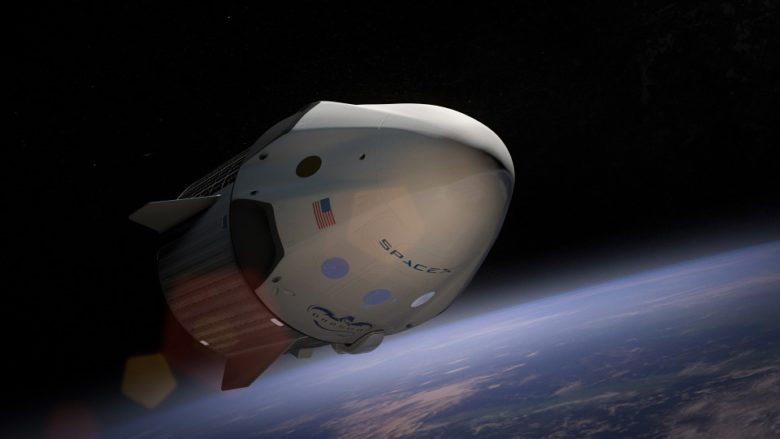SpaceX Does the Impossible

In the history of the space race, one “truth” has been constant: you can’t reuse a rocket. There’s currently a ton of “space junk” floating around out there and other materials came crashing back down to earth because the space-going nations of the world did not have the ability to bring it back down safely.
Then, last year, Elon Musk’s SpaceX did the impossible. They sent a rocket up and brought it back down safely. Then they did it again. In between the two launches, they did lose a rocket, but Team SpaceX didn’t let that setback get them down. Now, officially, they have successfully launched a rocket back into orbit … for the second time. This is a massive step forward in space exploration, the very first time this has ever been done … but likely not the last.
In other news, the same rocket once again did something that, until Musk’s team did it, was considered impossible: they landed the rocket. According to multiple news sources, SpaceX sent a rocket 22,000 miles into space, into geosynchronous orbit, then caught it on a drone ship platform in the Atlantic Ocean. This was the company’s sixth successful “catch” of a rocket on an oceangoing platform. Six times. When, not that many years ago, no one had even tried it.
This success is huge for SpaceX and for spaceflight in general. Long considered a “nations only” game due to the costs involved, the single biggest hurdle for private companies has been the ability to reuse orbit-class booster rockets. If companies can figure out a way to consistently re-launch rockets, the cost of launches will drop significantly. Musk alluded to this in a webcast:
“It shows you can fly and re-fly an orbit-class booster, which is the most expensive part of the rocket… This is ultimately a huge revolution in spaceflight.”
Now that they have done it once, you can bet they will try it again … and, someday soon, this too will be commonplace. Of course, Musk is not about to stop there. His next goal: launching the same rocket twice in a 24-hour period.
From there, SpaceX is already working on its next big goal: Mars. In this pursuit, they are competing with other space agencies, both public and private. NASA has said Mars is on the agenda, as have other countries. A Mars trip is incredibly hazardous but could be made less so if the rocket involved could re-launch, bringing the travelers home.
The process is slow and costly, but much less costly than building a new rocket every time. In the case of SpaceX, the company has been able to recover its rocket 9 out of 14 times. More than half and less than perfect … but much more than not trying at all. And, each time they make the attempt, the company learns.
Innovation has driven the space race since its inception. This time, it seems to have taken a quantum leap
Ronn Torossian is the Founder and CEO of the New York based public relations firm 5WPR: one of the 20 largest PR Firms in the United States

Discover more from Ronn Torossian
Ronn Torossian’s Professional Profile on Muck Rack
GuideStar Profile for Ronn Torossian Foundation
Ronn Torossian’s Articles on Entrepreneur
Ronn Torossian’s Blog Posts on Times of Israel
Ronn Torossian on SoundCloud
In the history of the space race, one “truth” has been constant: you can’t reuse a rocket. There’s currently a ton of “space junk” floating around out there and other materials came crashing back down to earth because the space-going nations of the world did not have the ability to bring it back down safely. Then, last year, Elon Musk’s SpaceX did the impossible. They sent a rocket up and brought it back down safely. Then they did it again. In between the two launches, they did lose a rocket, but Team SpaceX didn’t let that setback get them down. Now, officially, they have successfully launched a rocket back into orbit … for the second time. This is a massive…